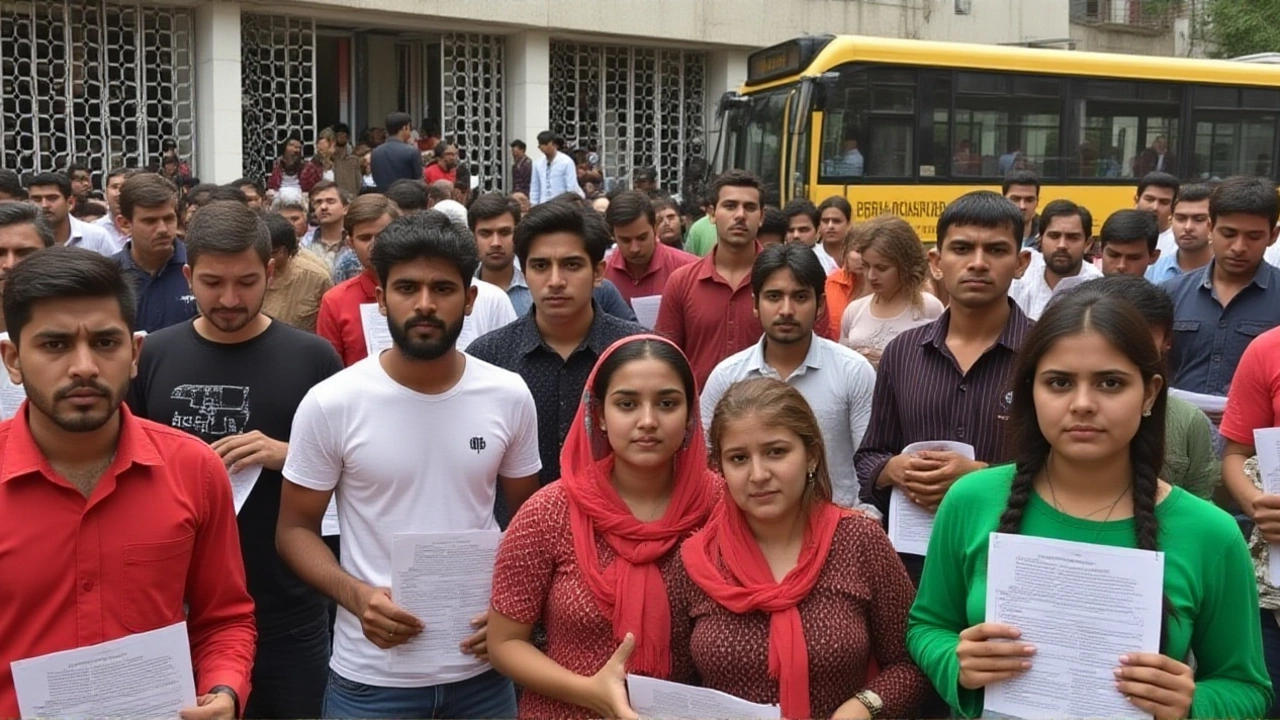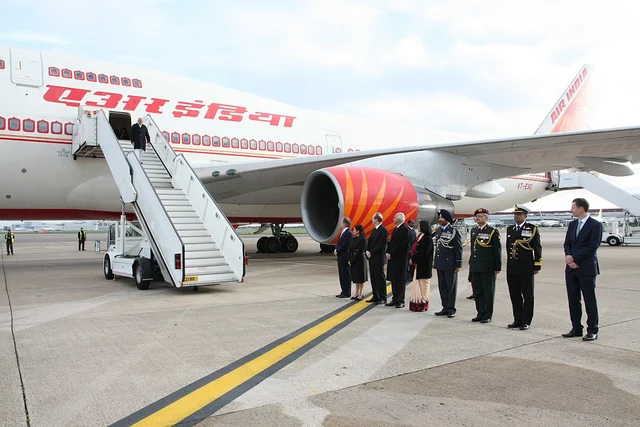When Siraj Hussain, a retired Secretary of the Ministry of Agriculture, Government of India, sat down to verify his name in West Bengal’s 2002-03 voter list, he expected a simple check. He’d voted in every election for decades — in Pilani, Dehradun, Pilibhit, and now in West Bengal. But after hours of scrolling through non-searchable PDFs, his name was nowhere to be found. It’s not an isolated case. Across the state, thousands of voters are facing the same frustrating, bureaucratic wall — all because the Election Commission of India is using a 23-year-old voter list as the foundation for its current revision.
Why the 2002 Voter List Matters Now
The Election Commission of India launched the Special Intensive Revision (SIR) of electoral rolls in June 2025, using the 2002-03 voter rolls as the baseline. The goal? To clean up duplicate entries and remove ineligible voters. But here’s the twist: instead of building on the most recent data, they’re going backward — to a time before smartphones, before Aadhaar, before digital identity became standard. The Chief Electoral Officer of West Bengal has published the 2002-03 rolls for 21 districts, including Kolkata, Howrah, North 24 Parganas, and others, all accessible via ceowestbengal.wb.gov.in.
But there’s no search function. No API. No filter. Just PDFs — hundreds of them — each containing thousands of names in Bengali and English, arranged by polling booth. To find your name, you need to remember your exact polling station, the room number, and even the street name from 2002. Many voters don’t. Others, like Hussain, have moved across constituencies over the years. And still, they’re expected to navigate this digital maze.
The Manual Nightmare: How Citizens Are Searching
According to reports from wbpay.in and BankBazaar, the process is painstaking. Step one: Google ‘2002 voter list West Bengal.’ Step two: Click the link to ceowestbengal.nic.in — but beware, old bookmarks often show ‘Forbidden.’ Step three: Pick your district. Step four: Choose your assembly constituency. Step five: Select Bengali as the language. Step six: Scroll through polling stations — sometimes 10, 15, even 20 lists — until you find your booth. Step seven: Enter a CAPTCHA. Then, pray.
One man, according to The Wire, used Google Meet to get live Bengali translation help from a friend while reading through 15 separate PDFs. His name? Still missing. Another voter, who moved from Uttar Dinajpur to South 24 Parganas in 2010, couldn’t find his name in either district’s rolls. He’s now afraid he won’t be able to vote in the next election.
Even EPIC numbers — the unique voter ID numbers — don’t help here. The ECI’s online portal lets you search the 2025 roll by EPIC, but the 2002-03 list? No such luck. It’s a ghost archive, accessible only through manual labor.
Why This System Still Exists
Officials say the 2002 list is the last complete, verified record before digital fragmentation began. But that’s cold comfort to voters. The Election Commission of India maintains ECI-Net, a digital database of nearly one billion voters. It powers real-time updates, mobile verification, and even biometric checks in many states. Yet, for West Bengal’s SIR process, it’s as if that system doesn’t exist.
Experts say this is less about technology and more about legacy systems. In 2002, digital voter rolls were still experimental. Many records were handwritten. Even today, some booths in rural areas rely on paper registers. But relying on a 23-year-old list to validate modern eligibility? It’s like trying to rebuild a house using only the original blueprints — without accounting for renovations, extensions, or demolitions.
What Voters Can Do Now
There are workarounds. Citizens can submit Form 8 online to update their details — address, name, or photo — through the Chief Electoral Officer of West Bengal website. They can also visit Voter Facilitation Centres or Electoral Registration Offices for physical verification. But the clock is ticking. The draft electoral roll is due on December 9, 2025. After that, corrections become harder.
For those who were on the 2002 list, it’s a lifeline. For those who aren’t — even if they’ve voted every election since — it’s a trap. The system assumes if you weren’t in the 2002 list, you never had the right to vote. That’s not just flawed logic. It’s disenfranchisement by bureaucracy.
What Comes Next
The Election Commission of India has already flagged ‘SIR 2026’ in its website’s ‘Know about’ section. That means this flawed process isn’t a one-off — it’s becoming policy. If the 2002 list is the baseline now, what’s next? 1998? 1991?
Meanwhile, the Chief Electoral Officer of West Bengal continues to issue show-cause notices to unrecognized political parties and publish bilingual e-patrikas. But for ordinary voters, the message is clear: if you can’t find your name in a 23-year-old PDF, you might not be allowed to vote — no matter how many elections you’ve cast.
Frequently Asked Questions
Why is the 2002 voter list being used instead of the latest one?
The Election Commission of India claims the 2002-03 rolls are the last comprehensive, manually verified records before digital inconsistencies emerged. However, critics argue this ignores over two decades of voter updates, including Aadhaar-linked registrations and mobile-based verifications that are now standard in other states.
Can I still vote if my name isn’t in the 2002 list?
Yes — but only if you successfully file Form 8 to add or update your name before the final roll is published. You’ll need proof of residence and identity. Those who’ve voted consistently but are missing from the 2002 list face an uphill battle, as officials may question their eligibility without historical documentation.
How do I download the 2002 voter list for my area?
Visit ceowestbengal.wb.gov.in, select your district (e.g., Kolkata, Howrah, or North 24 Parganas), then your assembly constituency. Choose Bengali as the language, pick your polling station, enter the CAPTCHA, and download the PDF. There’s no search by name — only by location.
What’s the deadline to update my voter details?
The draft roll is scheduled for release on December 9, 2025. After that, corrections require formal appeals and may not be processed before the next election. The ECI advises filing Form 8 immediately if your name is missing or incorrect.
Are there any alternatives to searching PDFs manually?
Not officially. Some NGOs and volunteers have created crowdsourced spreadsheets by digitizing PDFs, but these aren’t endorsed by the Election Commission. The only guaranteed method is using the official portal — even if it’s archaic. A searchable API for historical rolls remains unimplemented.
What’s the risk of being removed from the voter list?
If your name doesn’t appear in the 2002 list and you don’t file Form 8 in time, you could be purged from the rolls entirely. Even if you’ve voted for 20 years, the system treats your history as invalid without that 2002 record — a flaw that could affect hundreds of thousands of voters in West Bengal.



